#i used to be better at drawing specific recognizable plants but i am very very very out of practice with that...
Text
The Caretos of Podence
Happy Carnaval!! Time for another cultural ramblie because I haven't done this in a while!!

(I just think they're cool)
This was originally gonna be about multiple Carnaval traditions in Portugal, like my Halloween post, because I wanted to talk about a really beautiful festivity in my city but then I realized it was related to an entirely different holiday and I wasn't gonna scrap this idea (I'll do that one in August, I guess??). So I decided to make a post about the Caretos of Podence because I just really vibed with them.
disclaimer! None of this is from lived experience, just online research (although I tried to use sources directly related to it, specifically the Casa do Careto website). I am not from Trás-os-Montes at all and have little contact with this. Just like in my first cultural ramblie, this is just me trying to better connect with my own culture and sharing what I find with anyone who's interested. If you see any errors or want to add anything, feel free!! I'm always happy to learn!
Okay, but before we begin: what exactly is Carnaval?
You might have heard of Brazil's Carnaval. Portugal's is way less hardcore but still culturally important (although some brazillian-style Carnavais are celebrated here).
The actual day of Carnaval is the day before Ash Wednesday, but it usually lasts about a week or 3 days in more urban areas (Carnaval break is a real thing that schools have). The general objective is to have an all-out celebration before Lent starts because, after that, you're not supposed to celebrate until Easter rolls around.
The Caretos
The village of Podence is in the middle of Trás-os-Montes, somewhat between Mirandela and Miranda do Douro. It is mostly known for this celebration, which lasts for about a week.
The name "caretos" means something like "big faces" and comes from their very recognizable masks. They're made of either leather or metal and are meant to completely obscure the identity of the wearer. The costumes are made of rows of coloured wool and are usually made by the community. The red, yellow, and green pattern is not mandatory and it can have many different colours, but it's the most common since it's the colours of the flag. On top of the costume, they wear a lot of bells: smaller ones attached to the straps on their chest and 4 to 8 bigger cowbells tied around their waist.
During the celebration, the caretos dance through the town, accompanied by the jingling of their bells. Traditionally, the caretos were young men who chased after single women, but today anyone can wear the costume and chase after anyone they please. They also go around stealing any easily grabbable chorizos left hanging from smokehouses, and use wooden staffs to propel their jumps higher.
On the last day of Carnaval, the Entrudo (a giant figure of a man) is burnt to draw away the bad things of the old year and let in the next. Like this:
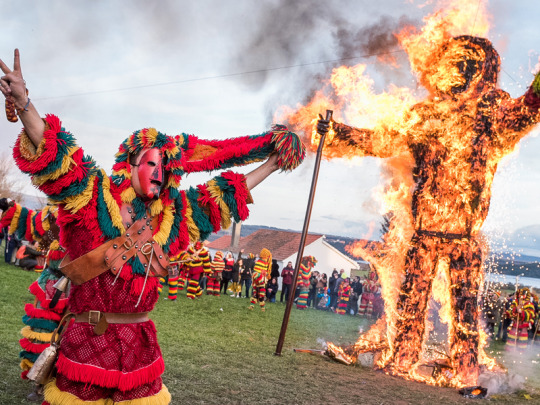
This celebration has pagan roots, although none really know exactly where its origins lie. People seem to point to it being a pre-roman festivity, but we have few sources to go from. The most probable explanation is that it was a fertility ritual connected to the agricultural cycle, since this is generally the time in which farmers can start planting again after the winter.
I hope you enjoyed this little ramble. Because I very much did. Here's some more pictures:

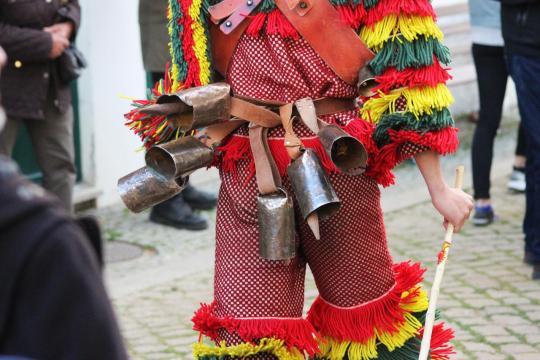
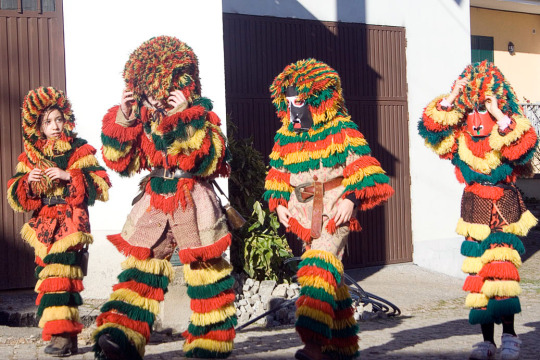

#fun fact: they made a board game about this#a thing i've never seen but DESPERATELY want to see a Careto do is a body wave#i know that costume is gonna look soooo satisfying doing that#and sound satisfying too tbh. like those cylinder thingies at the carwash.#i've never gone to see the Caretos bc i'm broke as hell but i want to someday#i have another cultural ramblie planned for tomorrow btw!! it's gonna be kinda different but still cool#happy carnaval#portugal ramblies#portuguese tradition#caretos de podence#portuguese folklore#idk how common carnaval is or isn't in other countries. sorry if the intro was kinda bad in that regard
10 notes
·
View notes
Text
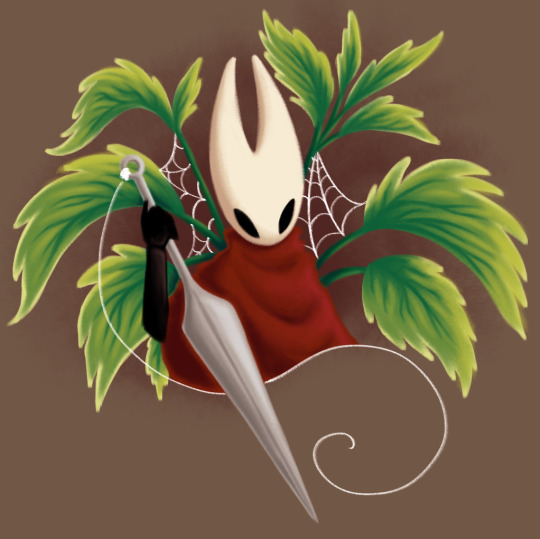

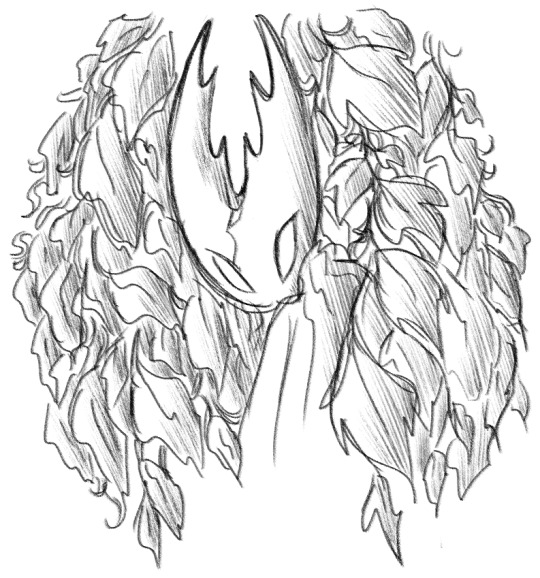
been drawing plants lately
#hollow knight#hornet#little ghost#the hollow knight#grimmchild#all images have alt text#i used to be better at drawing specific recognizable plants but i am very very very out of practice with that...#will get there
283 notes
·
View notes